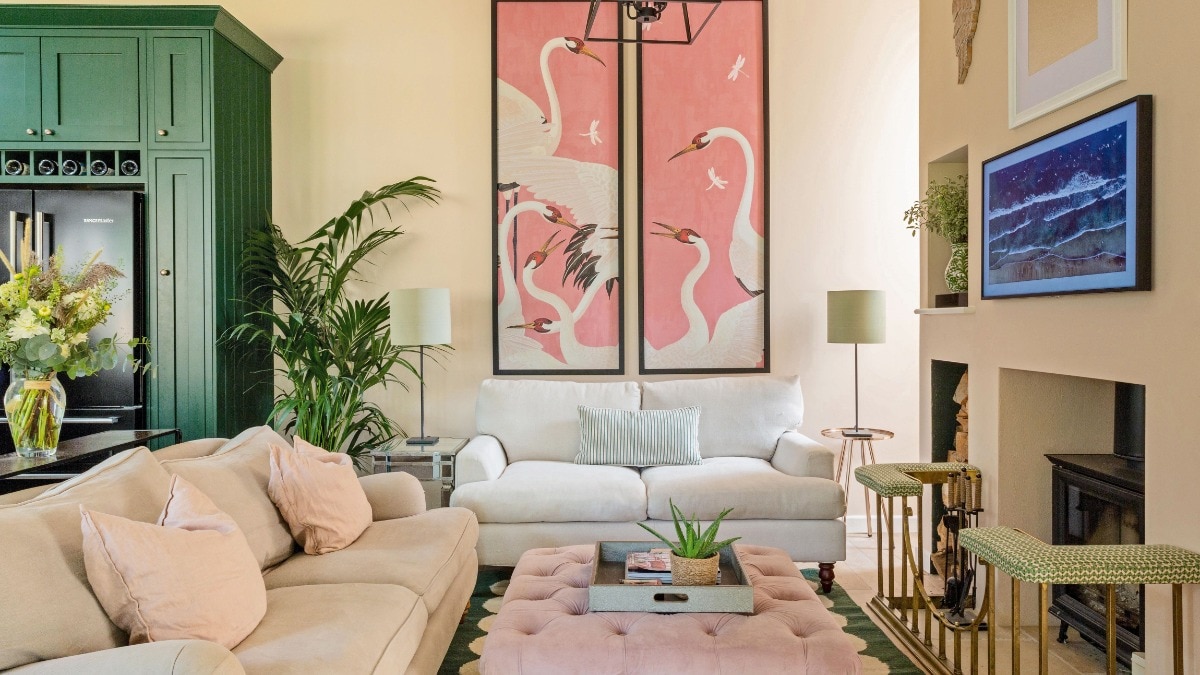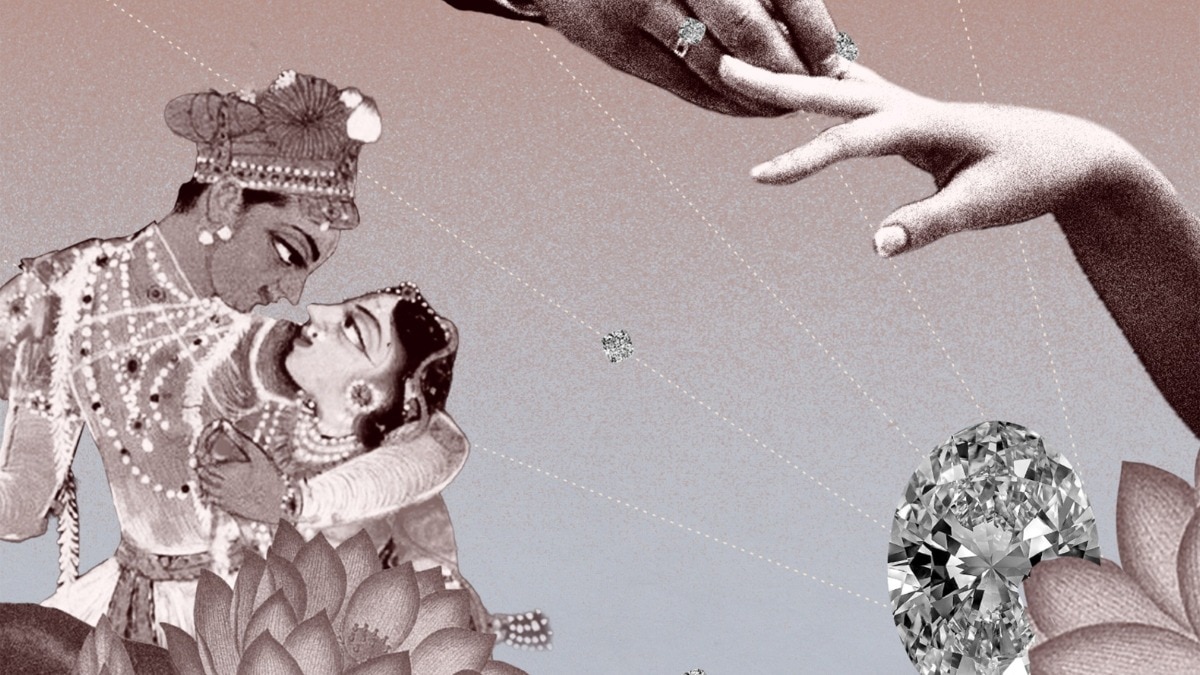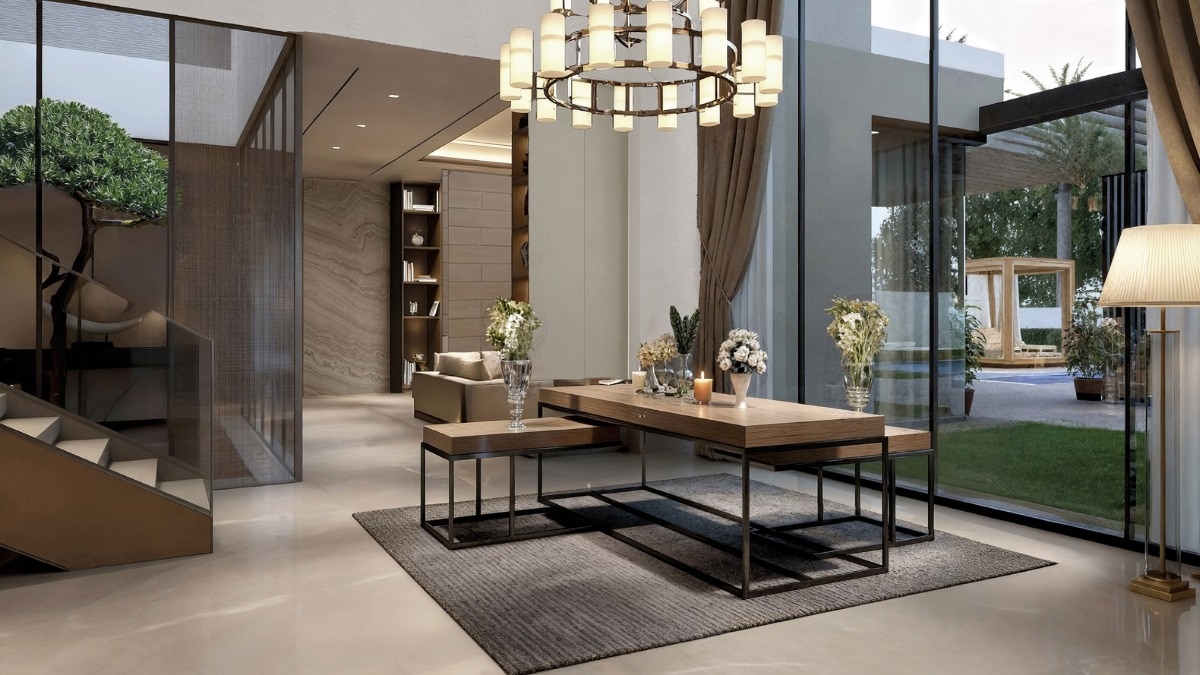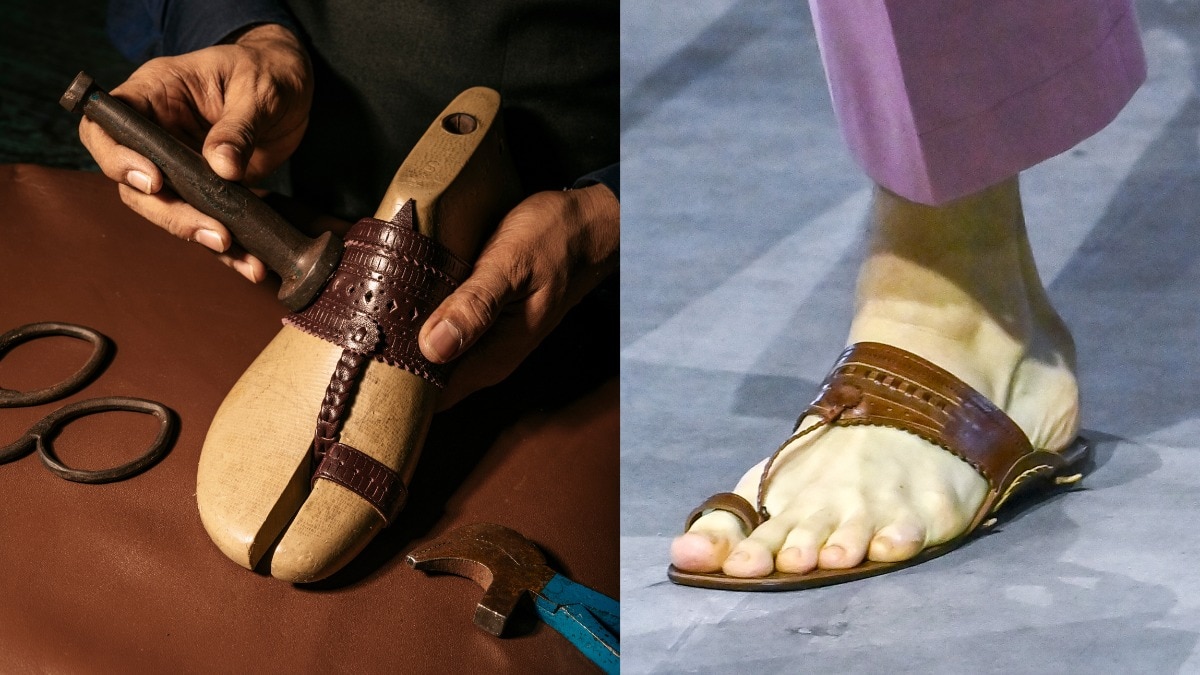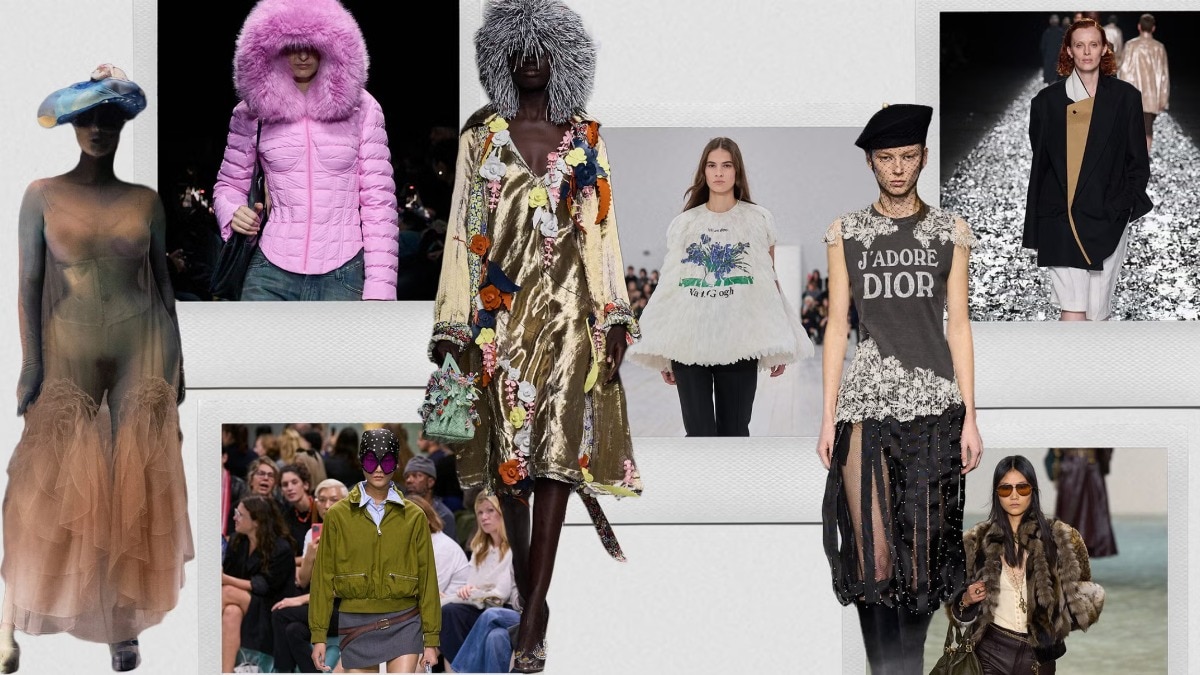
Mumbai meets Miami at Art Deco Alive!—A celebration of design and glamour
Art Deco’s century-old elegance remains timeless as Mumbai transforms into a living gallery this November.

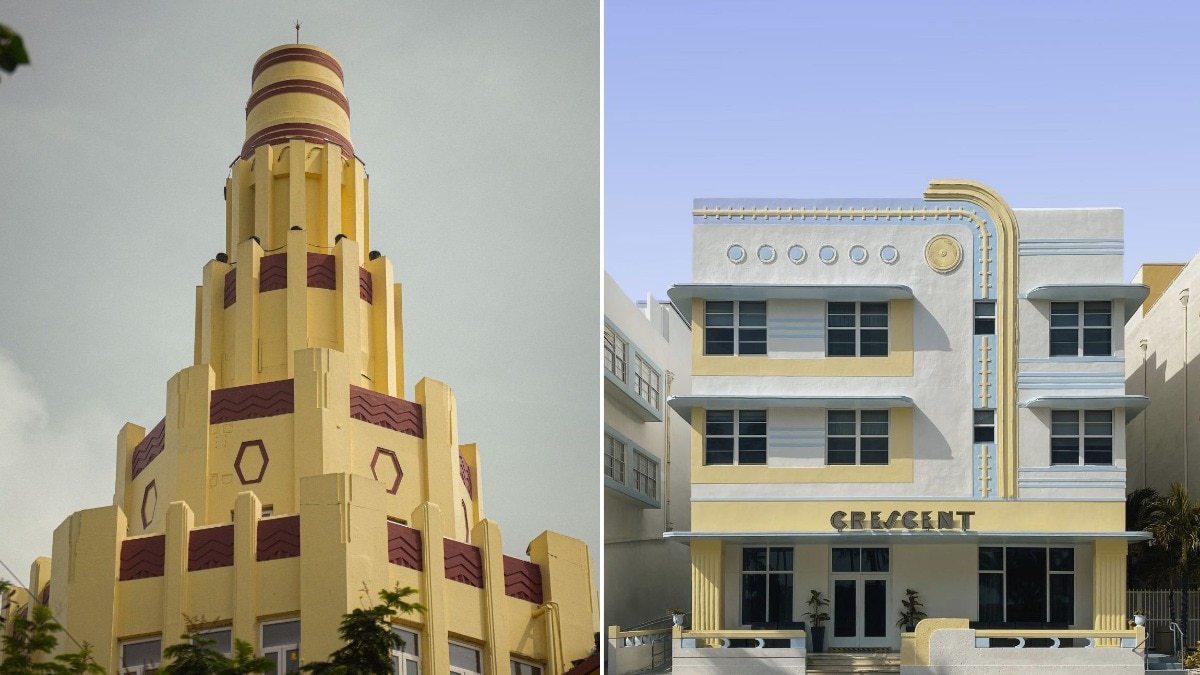
In the softer hours, the facades of Marine Drive, fondly called “The Queen’s Necklace”, glisten like a string of diamonds and pearls. Across it, buildings steeped in history, design and remarkable architecture stand tall. Curved balconies, turreted windows, sunburst motifs, and pastel walls are some of the distinctive architectural motifs of these structures, and several buildings around the area.
Across the ocean, the shores of Miami Beach echo the same rhythm: sleek lines, glowing designs, a flair for drama. At first glance, Mumbai and Miami are as different as they could be: one bustling with honking taxis and monsoon skies, the other washed in palm-lined sunshine and laidback pastels. Yet, they are bound by an invisible thread of design.
Both cities are UNESCO-recognised repositories of Art Deco architecture, each with one of the world’s largest surviving clusters of Art Deco buildings. This November, the stage has been set to spotlight these twin skylines through Art Deco Alive!—a pioneering festival that links Mumbai and Miami to celebrate 100 years of the Art Deco Movement. Founded by Smiti Kanodia, along with Miami-based co-founders Salma Merchant Rahmathulla and Gayatri Hingorani Dewan, the festival is both an homage and a conversation.
The past in perfect geometry

Art Deco was a design movement of the 1920s and 1930s, named after the 1925 Paris exhibition Exposition Internationale des Arts Décoratifs. What began as an aesthetic—sleek lines, symmetry, and optimism—evolved into a philosophy that touched everything from architecture and fashion to cinema and furniture. In Mumbai, it reshaped the skyline from 1930 onwards. Residences, cinemas, and public buildings adopted Deco motifs: chevrons, ziggurats, and stylised florals.
During its heyday, Art Deco represented luxury, glamour, exuberance, and faith in social and technological progress. Following the bleak aftermath of World War I, the movement sought to blend innovation and luxury, and featured rare and expensive materials such as ebony and ivory, and exquisite craftsmanship. It also introduced new materials such as chrome plating, stainless steel, and plastic. Some of the famous examples of Art Deco-driven architecture include the Chrysler Building in New York, the Miami Beach Art Deco Historic District, Marine Drive in Mumbai, and the Hoover Building in London.
Two cities, one story

When Art Deco emerged in the 1920s, the movement stood for progress and streamlined modernity after a period of upheaval. It slowly evolved into a style that redefined how cities looked and how people lived. As Smita Kanodia observes, “Mumbai and Miami—two cities on opposite sides of the world—are united by their dynamic spirit, architectural heritage, and shared identity as cultural confluences. Having deep connections in both, we noticed that as they underwent gentrification and evolved, the skylines became shinier, with the emergence of high-rises, infrastructure and urban development. But the true value of a city lies in the spaces that carry soul, culture, and history. These are the places that people feel rooted to—the ones they want to call home.”
Showcasing heritage and legacy

South Mumbai’s Victorian Gothic and Art Deco being designated as a UNESCO World Heritage site has only served to strengthen the city’s desire to hold onto its rich history. Miami has the South Beach masterpieces, fronted by its charming hotels. This exhibition offers a global overview while focusing on the Mumbai and Miami juxtaposition through a spotlight on local visionaries, including Mumbai’s Master, Sathe & Bhuta, Perin J Mistri and NG Pansare, and Miami’s Henry Hohauser and Barbara Capitman.
The shared language of optimism finds a physical form in Art Deco Alive!’s centenary exhibition, “Ocean Drive to Marine Drive: Mapping a Century of Deco, Miami Beach–Mumbai (1925–2025),” presented in partnership with Mumbai’s Dr Bhau Daji Lad Museum. The show traces a century of design through multimedia archives, photographs, and artefacts, juxtaposing the sleek hotels of South Beach with Mumbai’s Deco gems, from Eros Cinema’s curved façade to the sweeping lines of the Oval Maidan skyline. Curated by Atul Kumar, founder–Trustee of the Art Deco Mumbai Trust, and supported by Miami’s Design Preservation League, the exhibition embodies scholarly rigour and sensual beauty in equal measure.
Memory-led design

To walk through the exhibition is to travel through time. Archival photographs reveal blueprints by visionaries, geometric façades, and rhythmic balconies, all of which can be seen even today. While the exhibition forms the heart of Art Deco Alive!, the festival’s soul lies outdoors: in the city itself. Over three weeks, from November 6 to 25, 2025, Mumbai will become a playground for design enthusiasts, history lovers, and curious flâneurs.
A series of heritage walks invites participants to rediscover familiar streets through new eyes. There will be curated talks, guided walks, documentary screenings, music and design workshops for children and adults, furniture-jewellery-fashion showcases, retail edits spotlighting modern interpretations of the timeless style, retro food-and-drink pop-ups, and a neighbourhood celebration centred around Churchgate.
The language of culture

Perhaps what makes Art Deco Alive! truly special is how it connects design to emotion. Architecture becomes a language of memory, a way of remembering who we were and imagining who we can be. At the Bhau Daji Lad Museum, the exhibition encourages visitors to see beyond façades, to notice the terrazzo floors beneath their feet, the typography on cinema signboards, and the mosaic patterns that still adorn apartment entrances. Each detail holds a fragment of the city’s soul.
For so many Mumbai residents, these buildings are not just landmarks but also backdrops to their lives: the theatre where their grandparents watched movies, the café where their parents first met, the seaside apartment that preserves their childhood as they navigate the world as adults, the promenade where they sat to contemplate life. It’s about seeing beauty in familiar, intimate details.
Festival details

Art Deco Alive! is a first-of-its-kind, twin-city festival across Miami and Mumbai. It will take place in Mumbai in November, following the Miami edition in October.
Exhibition: Ocean Drive to Marine Drive: Mapping a Century of Deco, Miami Beach–Mumbai (1925–2025)
When: November 6 – 25, 2025
Where: Dr. Bhau Daji Lad Museum & Art Deco heritage sites across Mumbai
All images: Art Deco Alive!
Also read: From runway to reverie, Schiaparelli turns Himalayan salt into haute couture jewels
Also read: Fall wardrobe staples that you’ll want to wear all year




